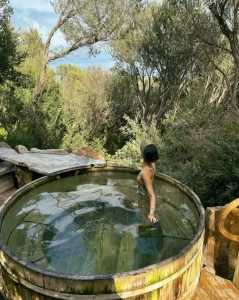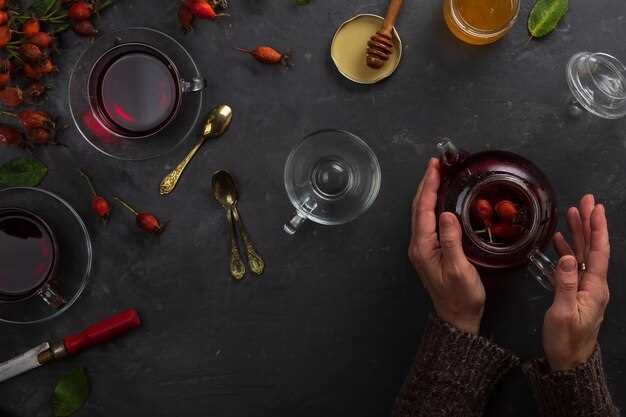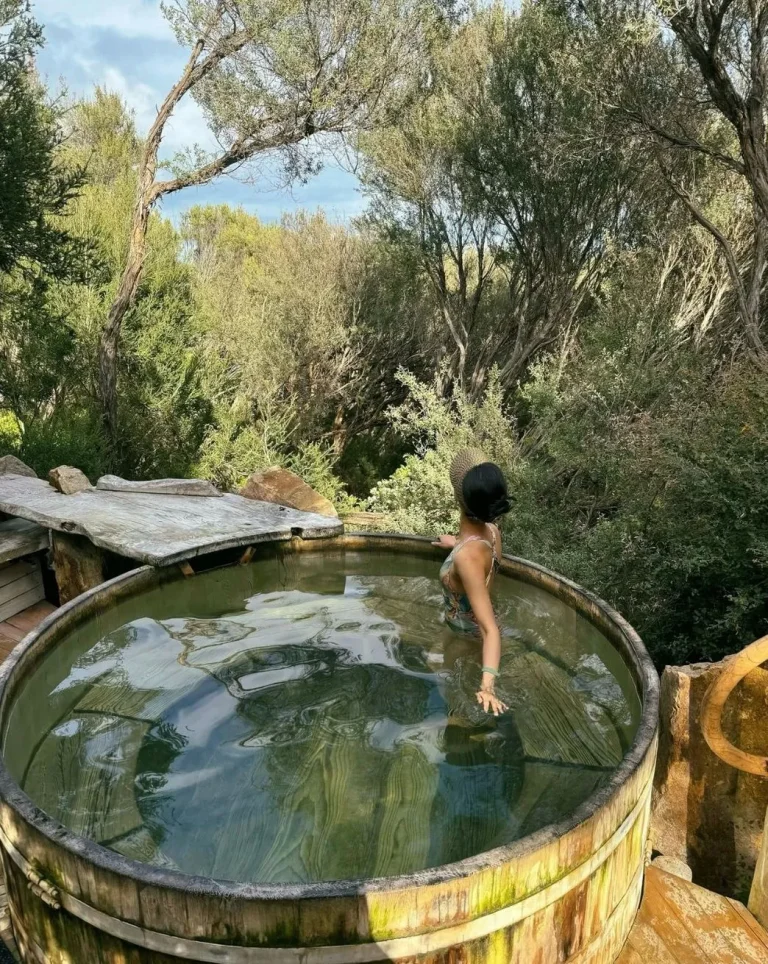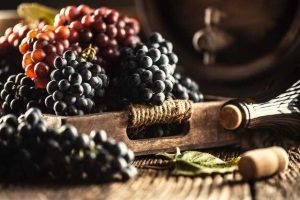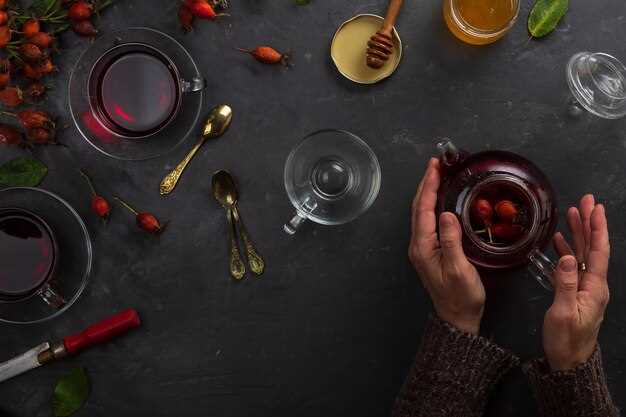
Embarking on a journey through the vast realm of wine is akin to embarking on a sensory adventure, where every sip holds the potential to transport you to a different time and place. Whether you are a newcomer to the world of wine or a seasoned connoisseur, the art of wine tasting offers an exquisite experience that engages all your senses.
Delving into the intricate world of wine is not merely about indulging in a beverage; it is about unraveling the stories woven within each bottle. From the vineyards that nurture the grapes to the winemakers who skillfully craft the elixir, every step of the process contributes to the final masterpiece that awaits your discerning palate.
As you embark on this captivating journey, it is essential to equip yourself with the knowledge and techniques that will enhance your appreciation of wine. Understanding the nuances of wine tasting, from the visual examination of its color to the delicate dance of aromas that waft from the glass, will enable you to unlock the hidden treasures within each bottle.
With each sip, you will discover a symphony of flavors that dance upon your tongue, revealing the unique characteristics of the wine. The interplay of sweetness, acidity, tannins, and body creates a harmonious melody that lingers long after the glass is empty. By honing your tasting skills, you will develop the ability to discern the subtlest of notes and appreciate the complexities that make each wine a work of art.
Understanding the Basics of Wine Tasting
Embarking on the journey of wine tasting can be an enlightening experience for both novices and aficionados alike. By delving into the intricacies of this sensory exploration, one can develop a deeper appreciation for the nuances and complexities that each glass of wine holds. This section aims to provide a comprehensive understanding of the fundamental aspects of wine tasting, allowing individuals to enhance their tasting skills and broaden their wine knowledge.
Developing the Senses
Before diving into the world of wine tasting, it is essential to develop and refine the senses that play a crucial role in the evaluation process. The sense of sight, smell, and taste are the primary tools used to assess the characteristics of a wine. By training the eyes to observe the color and clarity of the wine, the nose to detect the various aromas, and the taste buds to discern the flavors and textures, one can unlock a whole new level of appreciation for the beverage.
The Tasting Process
When it comes to tasting wine, there is a systematic approach that allows for a thorough evaluation of its qualities. This process involves several steps, including the examination of the wine’s appearance, the assessment of its aromas, the evaluation of its taste, and the consideration of its overall balance and finish. By following this structured approach, individuals can gain a deeper understanding of the wine’s characteristics and make informed judgments about its quality.
- Appearance: Begin by observing the wine’s color, clarity, and viscosity. These visual cues can provide insights into the wine’s age, grape variety, and potential faults.
- Aromas: Swirl the wine gently in the glass to release its aromas, then take a moment to inhale and identify the various scents. Pay attention to both primary aromas (derived from the grape variety) and secondary aromas (resulting from the winemaking process).
- Taste: Take a small sip and let the wine coat your palate. Notice the flavors, acidity, sweetness, and tannins present in the wine. Consider how these elements interact and contribute to the overall taste experience.
- Balance and Finish: Reflect on the wine’s balance, which refers to the harmony between its different components. Additionally, pay attention to the length and quality of the finish, which can indicate the wine’s complexity and aging potential.
By understanding and practicing these fundamental aspects of wine tasting, individuals can embark on a journey of exploration and discovery. With each glass, they can uncover the unique characteristics of different wines, expand their palate, and develop a deeper appreciation for the artistry and craftsmanship behind this ancient beverage.
Developing Your Palate: How to Train Your Taste Buds

Enhancing your ability to discern the nuances and complexities of wine requires a deliberate effort to develop your palate. By training your taste buds, you can unlock a world of flavors and aromas that will enrich your wine tasting experience.
One of the first steps in training your taste buds is to practice mindful eating. Slow down and savor each bite, paying attention to the different flavors and textures. This will help you become more attuned to the subtleties in wine. Additionally, incorporating a variety of foods into your diet can expose your taste buds to different taste profiles, further expanding your palate.
Another effective way to train your taste buds is to participate in blind tastings. By removing visual cues, you are forced to rely solely on your sense of taste and smell. This can help you develop a heightened sensitivity to the characteristics of different wines and improve your ability to identify specific flavors and aromas.
Regularly exposing yourself to a wide range of wines is also crucial in developing your palate. Experiment with different grape varieties, regions, and styles. Take note of the unique characteristics of each wine and try to articulate what you enjoy or dislike about them. This practice will help you refine your palate and develop a vocabulary to describe your wine tasting experiences.
Lastly, seeking out educational opportunities such as wine tasting classes or workshops can greatly accelerate your palate development. These structured environments provide guidance and expert knowledge that can deepen your understanding of wine and help you refine your tasting skills.
Remember, developing your palate is a journey that requires patience and practice. By actively engaging your taste buds and continuously seeking new experiences, you can cultivate a discerning palate that will enhance your enjoyment of wine for years to come.
The Importance of Proper Glassware and Serving Temperatures
When it comes to enjoying the world of wine, there are two crucial factors that can greatly enhance your tasting experience: the choice of glassware and the serving temperature. These elements play a significant role in bringing out the full potential of a wine, allowing you to fully appreciate its aromas, flavors, and overall characteristics.
Glassware:
Believe it or not, the shape and design of a wine glass can make a remarkable difference in how the wine smells and tastes. The right glassware can enhance the wine’s aromas, allowing them to reach your nose more effectively. It can also direct the wine to the right parts of your tongue, enhancing the flavors and ensuring a balanced taste.
For example, a tulip-shaped glass with a narrow opening is ideal for capturing the delicate aromas of white wines, while a larger, wider bowl is better suited for red wines, allowing them to breathe and develop their complex flavors. The thickness of the glass can also affect the temperature of the wine, so it’s important to choose glassware that is neither too thin nor too thick.
Serving Temperatures:
The temperature at which a wine is served can significantly impact its taste and overall enjoyment. Serving a wine too cold can mask its aromas and flavors, while serving it too warm can make it taste flat and unappealing. Therefore, it’s essential to serve different types of wines at their recommended temperatures.
For sparkling wines and champagne, a temperature of around 45-50°F (7-10°C) is ideal to preserve their effervescence and crispness. Light-bodied white wines, such as Sauvignon Blanc or Pinot Grigio, are best enjoyed at temperatures between 50-55°F (10-13°C) to showcase their refreshing acidity and fruity notes.
On the other hand, full-bodied white wines like Chardonnay or Viognier should be served slightly warmer, around 55-60°F (13-16°C), to bring out their rich flavors and creamy textures. As for red wines, lighter-bodied varieties like Pinot Noir or Beaujolais are best served at 55-60°F (13-16°C), while fuller-bodied reds like Cabernet Sauvignon or Syrah can be enjoyed at slightly higher temperatures of 60-65°F (16-18°C) to accentuate their complexity and tannins.
By paying attention to the choice of glassware and serving temperatures, you can elevate your wine tasting experience to new heights. These seemingly small details can make a world of difference in how you perceive and appreciate the nuances of each wine, allowing you to fully immerse yourself in the art of wine tasting.
Decoding Wine Labels: What to Look for and What It Means
Understanding wine labels can be a daunting task for both beginners and enthusiasts alike. However, decoding these labels is essential in order to fully appreciate and select the right wine for your taste. In this section, we will explore the key elements to look for on wine labels and what they signify, allowing you to navigate the world of wine with confidence.
1. Region and Appellation
One of the most important aspects of a wine label is the region and appellation. The region refers to the specific geographic area where the grapes were grown, while the appellation denotes a legally defined wine-growing area within that region. Understanding the significance of these terms can give you insights into the wine’s quality, style, and characteristics.
2. Grape Varieties
Another crucial element to consider on wine labels is the grape varieties used in the wine. Different grape varieties have distinct flavors, aromas, and characteristics, which greatly influence the taste of the wine. By familiarizing yourself with the common grape varieties and their profiles, you can better understand what to expect from a particular wine.
| Region | Appellation | Grape Varieties |
|---|---|---|
| Bordeaux | Medoc | Cabernet Sauvignon, Merlot |
| Tuscany | Chianti Classico | Sangiovese |
| California | Napa Valley | Chardonnay, Cabernet Sauvignon |
By examining the region, appellation, and grape varieties listed on a wine label, you can gain valuable insights into the wine’s origin, style, and flavor profile. This knowledge will empower you to make informed decisions when selecting and enjoying wines.
Exploring Different Wine Varieties: From Reds to Whites
Embark on a journey through the diverse world of wines, where a myriad of flavors and aromas await. From the rich and robust reds to the crisp and refreshing whites, each wine variety offers a unique experience for the senses.
Red Wines:
Indulge in the velvety depths of red wines, known for their boldness and complexity. These wines are often characterized by their deep red or purple hues, which hint at the intensity of flavors that lie within. From the full-bodied Cabernet Sauvignon with its dark fruit notes and firm tannins to the elegant Pinot Noir with its delicate aromas of red berries, red wines offer a range of options to suit every palate.
White Wines:
Discover the crisp and refreshing world of white wines, known for their lightness and versatility. These wines can range from pale straw to golden yellow in color, offering a visual feast before even taking a sip. From the zesty and citrusy Sauvignon Blanc to the creamy and buttery Chardonnay, white wines offer a delightful array of flavors that pair well with a variety of dishes.
Exploring the Spectrum:
As you delve deeper into the world of wine, you’ll come across a spectrum of varieties that blur the lines between red and white. Rosé wines, with their delicate pink hues, offer a balance between the fruitiness of reds and the freshness of whites. Sparkling wines, with their effervescence and celebratory nature, add a touch of elegance to any occasion. And let’s not forget the dessert wines, with their luscious sweetness that can perfectly complement a decadent treat.
Whether you prefer the boldness of reds or the crispness of whites, exploring different wine varieties is a journey of discovery and appreciation. Each sip offers a glimpse into the artistry and craftsmanship that goes into creating these exquisite beverages. So raise your glass and embark on a tasting adventure that will awaken your senses and deepen your love for the world of wine.
Pairing Wine with Food: Tips for Enhancing Your Dining Experience
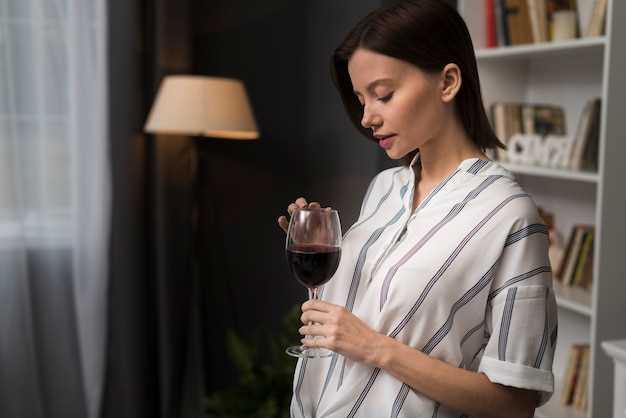
Enhancing your dining experience goes beyond just enjoying a glass of wine. The right pairing of wine with food can elevate the flavors and create a harmonious balance on your palate. Understanding the art of pairing wine with food can enhance your overall dining experience, allowing you to fully appreciate the complexities and nuances of both the wine and the dish.
Consider the Flavor Profiles
When pairing wine with food, it is important to consider the flavor profiles of both. Look for complementary or contrasting flavors that can enhance the overall taste. For example, a rich and full-bodied red wine can pair well with a juicy steak, as the bold flavors of the wine can stand up to the richness of the meat. On the other hand, a crisp and acidic white wine can cut through the richness of a creamy pasta dish, creating a refreshing contrast.
Match Intensity
Matching the intensity of the wine with the intensity of the dish is another key factor in successful wine pairing. Lighter dishes, such as salads or seafood, are best paired with lighter wines, such as a crisp Sauvignon Blanc or a delicate Pinot Grigio. On the other hand, hearty and robust dishes, like a braised lamb shank or a spicy curry, can be complemented by a full-bodied red wine, such as a Cabernet Sauvignon or a Syrah.
| Food | Wine Pairing |
|---|---|
| Grilled salmon | Chardonnay |
| Roasted chicken | Pinot Noir |
| Beef steak | Merlot |
| Spicy Thai curry | Riesling |
Remember, these are just general guidelines, and personal preferences play a significant role in wine pairing. Experimentation and exploration are key to finding your own perfect wine and food combinations. So, next time you sit down for a meal, take a moment to consider the wine you choose, and let it enhance your dining experience to new heights.












